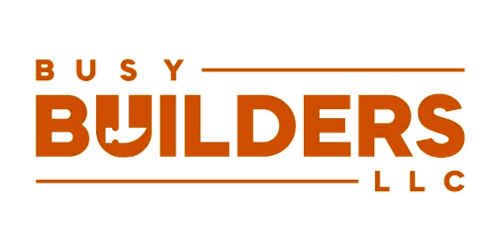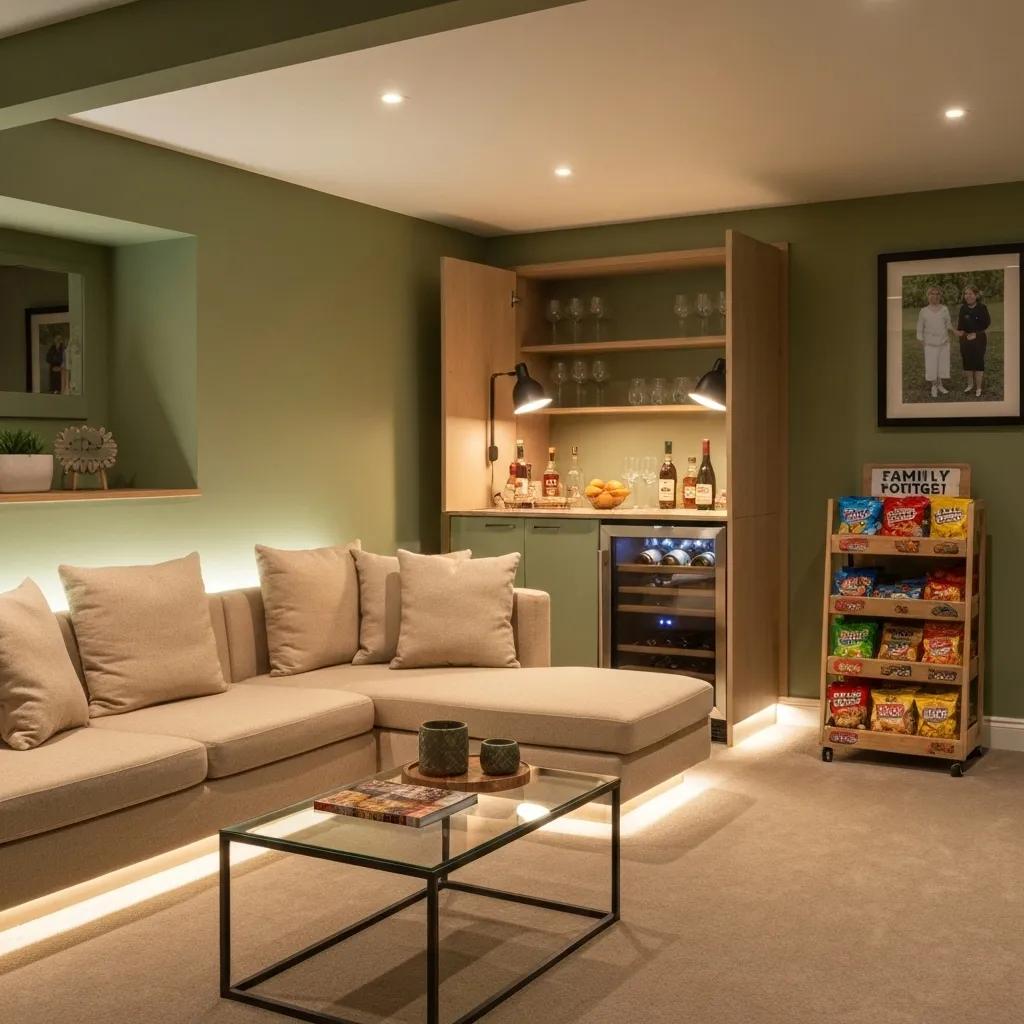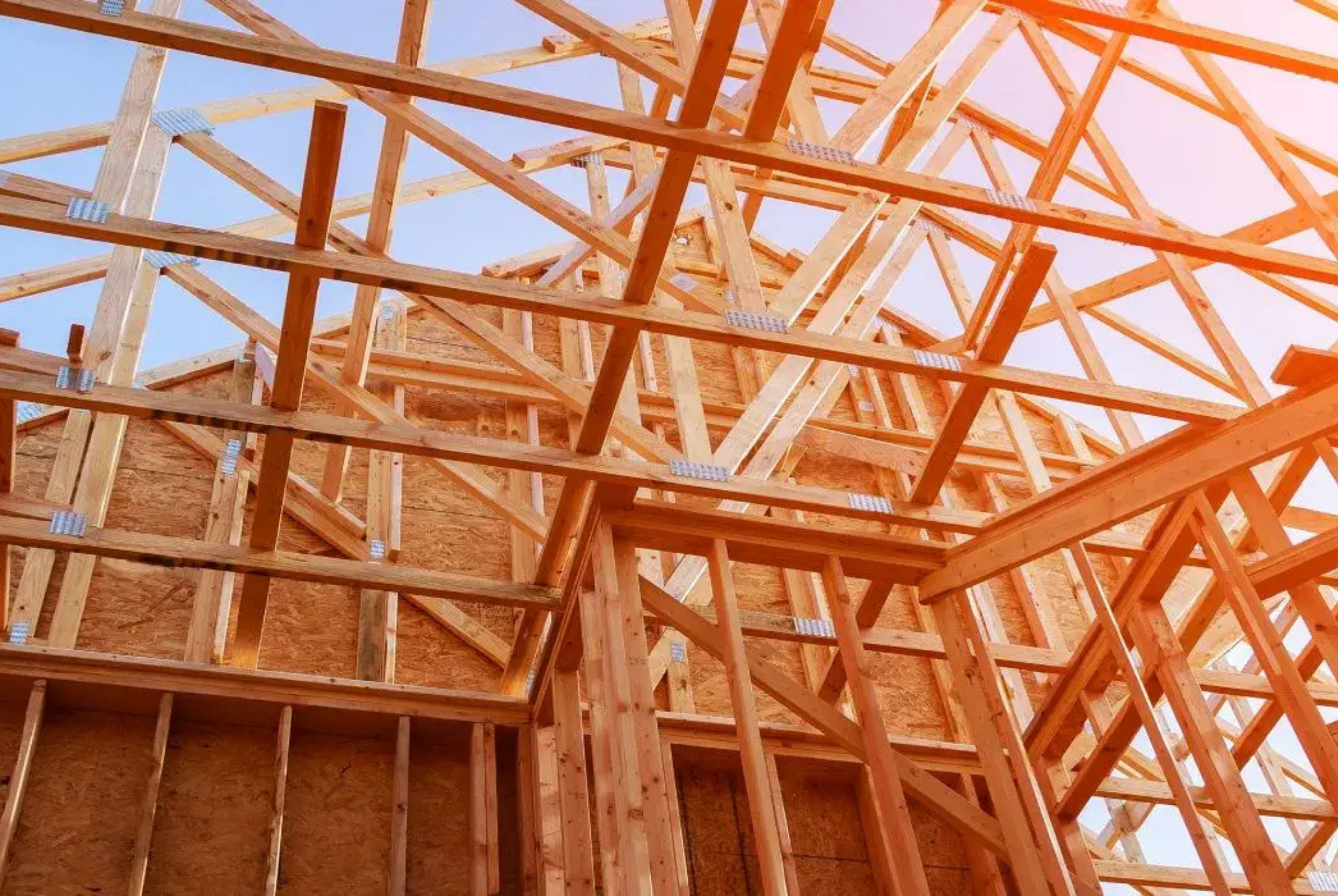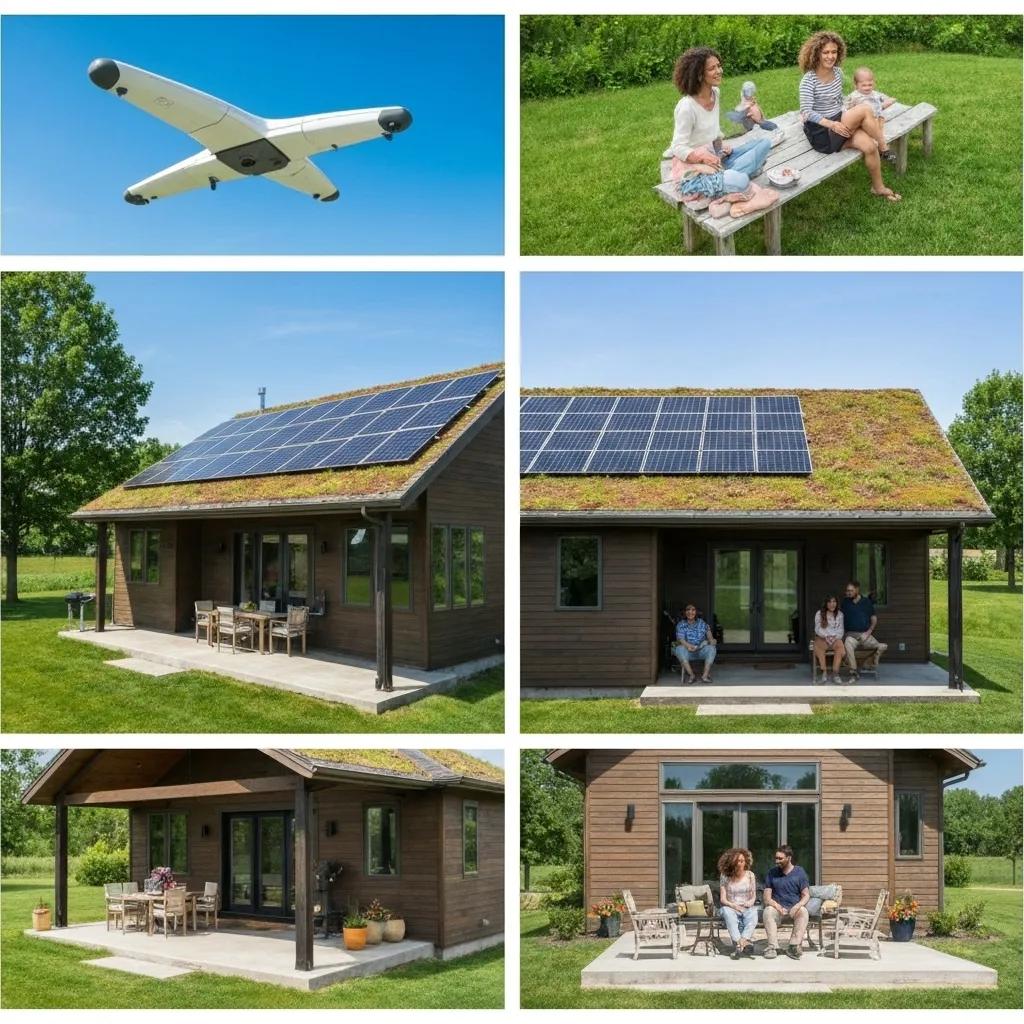
Iowa Energy-Efficient Construction Options for Smart Home Building: How to Build Sustainable and Cost-Effective Homes
Smart home construction in Iowa can significantly reduce utility bills through strategic materials, technology, and design. Homeowners often struggle with high heating and cooling costs, unpredictable weather, and evolving building codes. This guide delivers actionable insights on top energy-efficient materials, smart automation technologies, Iowa-specific best practices, renewable energy integration, cost-benefit analysis, step-by-step planning, and solutions to common challenges. You’ll learn how to choose the right insulation, roofing, and HVAC controls, evaluate solar and geothermal options, navigate incentives, and partner with contractors—empowering you to build a truly sustainable, cost-effective smart home.
What Are the Top Energy-Efficient Building Materials for Iowa Smart Homes?
Energy-efficient building materials reduce heat transfer and improve indoor comfort in Iowa’s extreme seasons. By selecting high-performance insulation, low-emissivity windows, and reflective roofing, you optimize thermal control, lower energy usage, and enhance durability. For example, spray-foam insulation seals gaps and raises R-values, cutting winter heat loss and summer gain. These material choices lay the foundation for advanced smart home systems that further automate energy savings.
Which Insulation Types Best Improve Energy Efficiency in Iowa Homes?
Insulation minimizes heat flow through walls, ceilings, and floors to balance indoor temperatures and reduce HVAC runtime. It achieves this by filling cavities, sealing air leaks, and reflecting radiant heat. In Iowa’s cold winters and humid summers, selecting the right insulation type delivers lasting performance.
| Insulation Type | R-Value per Inch | Key Benefit |
|---|---|---|
| Closed-Cell Spray Foam | R-6.5 | Air sealing and moisture barrier |
| Cellulose (Blown-In) | R-3.8 | Recycled content with noise reduction |
| Fiberglass Batt | R-3.7 | Cost-effective for standard cavities |
| Rigid Foam Board | R-5.0 | High compressive strength for foundations |
Proper insulation transforms building envelopes into thermal layers that support automated temperature control. Next, we’ll explore how windows and doors further reduce energy waste.
How Do Energy-Efficient Windows and Doors Reduce Utility Costs?
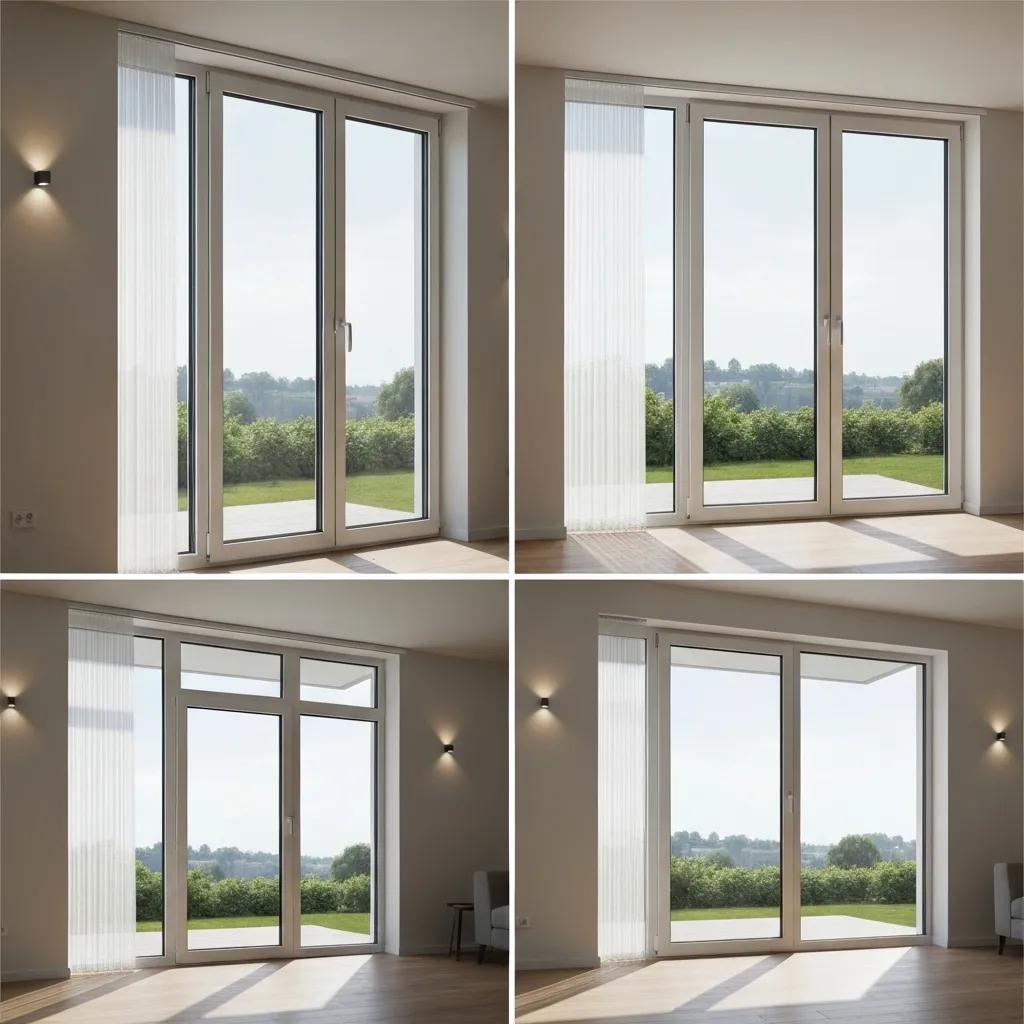
Energy-efficient windows and doors combine low-emissivity coatings, argon gas fills, and insulated frames to minimize conduction and radiation losses. These components maintain stable indoor climates, lower heating demand by up to 15%, and prevent drafts. A well-sealed triple-pane window, for instance, balances solar gain with insulation to keep rooms comfortable year-round.
- Install low-E coatings to reflect infrared heat while admitting daylight.
- Use argon or krypton gas fills between panes for enhanced thermal resistance.
- Choose thermally broken aluminum or fiberglass frames to reduce conductive bridging.
- Apply high-performance weatherstripping and compression seals to stop leaks.
Sealing windows and doors complements wall insulation, together creating a controlled envelope ready for smart energy management systems.
What Sustainable Roofing Options Are Ideal for Iowa’s Climate?
Roofs face wind, hail, snow, and sun, so reflective and durable materials deliver the best energy performance. Metal panels with cool-roof coatings, synthetic slate made from recycled polymers, and vegetated (green) roofs each offer distinct advantages in durability, thermal control, and stormwater management.
- Metal Roofing with Reflective Finish – Reflects solar radiation and sheds snow.
- Synthetic Slate – Lightweight, UV-resistant, and low maintenance.
- Green Roof Systems – Adds insulation, reduces runoff, and promotes biodiversity.
These roofing choices enhance a home’s thermal barrier and support passive heat management strategies, setting the stage for intelligent climate control technologies.
How Can Smart Home Technology Enhance Energy Efficiency in Iowa Construction?
Smart home systems automate resource management to maintain ideal comfort levels while minimizing waste. By linking sensors, controls, and analytics, these platforms optimize HVAC, lighting, and renewable generation based on real-time conditions. Integrating energy monitoring with automated actions reduces overall consumption and empowers homeowners to track performance through intuitive dashboards.
What Smart Thermostats and HVAC Controls Save the Most Energy?
Smart thermostats and zoning controls learn occupant patterns and adjust setpoints to eliminate unnecessary heating or cooling. They employ machine learning and remote sensors to optimize energy use with up to 23% savings on heating and 15% on cooling bills.
| Thermostat Model | Key Feature | Energy Saving Impact |
|---|---|---|
| Nest Learning | Auto-schedule | Up to 12% heating |
| Ecobee SmartTherm | Remote sensors | Up to 16% cooling |
| Honeywell Lyric | Geofencing control | 10–15% combined |
Smart Thermostats: Energy Savings and ROI
Independent studies and manufacturer claims indicate that smart thermostats can significantly reduce heating and cooling costs. Google Nest users, for example, save an average of 12% on heating and 15% on cooling. Other smart thermostats, such as Ecobee and Copeland Sensi, report potential savings of up to 23-26% on HVAC-related energy expenses, making them a compelling investment for homeowners seeking to lower utility bills.
This research directly supports the article’s claims regarding the energy-saving impact of smart thermostats and their contribution to reducing utility costs in smart homes.
These automated HVAC controls seamlessly integrate into energy management platforms to ensure comfort and efficiency throughout Iowa’s seasonal extremes.
How Do Automated Lighting Systems Contribute to Energy Savings?
Automated lighting uses occupancy sensors, daylight harvesting, and dimming schedules to reduce waste when rooms are unoccupied or natural light is sufficient. By adjusting output based on occupancy and ambient conditions, these systems can cut lighting energy use by up to 50%.
- Install motion and vacancy sensors in seldom-used areas.
- Employ daylight sensors to dim or switch off fixtures in sunlit rooms.
- Use programmable schedules to match lighting to lifestyle patterns.
- Integrate smart bulbs with power-monitoring features for analytics.
Lighting automation dovetails with HVAC controls to form a holistic energy management strategy for smart homes.
Which Home Energy Management Systems Are Best for Iowa Homes?
Home Energy Management Systems (HEMS) aggregate data from appliances, renewables, and storage, then apply algorithms to reduce peak demand and maximize self-consumption. These platforms deliver live dashboards, customizable alerts, and API access for deeper analysis.
- Sense Home Energy Monitor – Appliance-level insights via circuit monitoring.
- Schneider Electric Wiser – Integrates solar inverters and battery storage.
- Neurio Home Energy Monitor – Real-time power flow visualization.
Selecting a HEMS that aligns with your chosen renewable and automation hardware ensures seamless energy coordination and future scalability.
What Are the Best Iowa-Specific Building Practices for Energy Efficiency?
Adapting best practices to Iowa’s cold winters, humid summers, and storm risk is crucial. Climate-responsive design integrates orientation, air sealing, moisture control, and passive solar strategies to leverage natural energy flows. By combining envelope optimization with local conditions, homes maintain stable temperatures and indoor air quality.
How Does Proper Air Sealing Improve Smart Home Performance?
Air sealing eliminates infiltration and exfiltration through cracks, joints, and penetrations in the building envelope. This process maintains consistent conditioned air, reduces HVAC cycling, and prevents moisture intrusion that can degrade indoor air quality and insulation performance.
- Seal attic bypasses, rim joists, and plumbing chases with spray foam.
- Apply gaskets around electrical boxes and recessed fixtures.
- Insulate and seal ductwork within conditioned space.
- Conduct blower-door testing to verify airtightness targets.
A tightly sealed envelope enhances the effectiveness of smart thermostats and HVAC zoning, ensuring automated systems control indoor climates accurately.
Why Is Passive Solar Design Important in Iowa Smart Homes?
Passive solar design harnesses the sun’s energy to heat living spaces in winter and minimize heat gain in summer. By orienting the home for south-facing glazing, incorporating thermal mass, and designing proper overhangs, you achieve predictable solar contributions that reduce mechanical heating and cooling loads. top energy practices for sustainable homes in iowa explained
Implementing passive solar strategies complements active smart controls by reducing baseline energy demand and smoothing temperature fluctuations.
How Do Local Climate Conditions Influence Construction Choices?
Iowa’s continental climate presents wide temperature swings, humid summers, and potential hail or tornado events. Selecting moisture-resistant materials, robust structural systems, and protective exterior finishes ensures longevity and performance under these conditions.
- Choose high-density materials to dampen temperature cycles.
- Incorporate vapor barriers and drainage planes to manage humidity.
- Design roof pitches and overhangs to withstand snow loads and hail impact.
- Use impact-resistant windows in tornado-prone areas.
Understanding local weather patterns informs material selection and construction sequencing, creating resilient, energy-efficient smart homes.
What Building Codes and Standards Should Iowa Builders Follow?
Iowa adopts the International Energy Conservation Code (IECC) with state-specific amendments that govern envelope, mechanical, and lighting performance. Meeting or exceeding these standards ensures compliance and qualifies projects for incentive programs.
- IECC 2021 requirements for insulation R-values and airtightness.
- ENERGY STAR® Certified Homes guidelines for duct sealing and testing.
- National Green Building Standard (NGBS) bronze or silver levels for overall sustainability.
Cost-Effectiveness of the 2021 IECC for Residential Buildings in Iowa
The adoption of the 2021 International Energy Conservation Code (IECC) is deemed cost-effective for residential buildings in Iowa, projected to deliver statewide energy savings of 12.7% and an average annual utility bill reduction of $336 per household compared to previous state energy codes. Iowa has a history of adopting various IECC editions, with the 2012 IECC becoming mandatory in 2014, demonstrating a commitment to enhancing building energy efficiency standards.
This study provides specific data on the energy savings and cost-effectiveness of updated building codes in Iowa, directly supporting the article’s discussion on Iowa-specific building practices and regulatory compliance.
Understanding code requirements early in design prevents costly revisions and rework during construction.
Which Renewable Energy Options Are Most Effective for Iowa Smart Homes?
On-site renewable generation reduces grid reliance and lowers carbon footprints. Iowa’s abundant sunlight and wind resources support solar photovoltaic arrays, geothermal loops, and residential wind turbines. Integrating these systems with battery storage and HEMS maximizes self-consumption and demand response opportunities.
How Can Solar Panels Be Integrated into Smart Home Designs?
Solar arrays convert sunlight into electricity, feeding power to the home or battery storage. When paired with inverters and energy management controls, solar installations can optimize self-use and shift excess generation to peak pricing periods.
| Integration Method | Attribute | Benefit |
|---|---|---|
| Roof-Mounted PV Panels | Standard rooftop kit | Proven durability and cost-effect |
| Solar Shingles | Building-integrated | Blends with roofline and design |
| Battery-Coupled Systems | DC-coupled battery | Maximizes self-consumption |
Integrating solar with a HEMS ensures intelligent dispatch, storage management, and grid interaction for continuous efficiency gains.
What Are the Benefits of Geothermal Heating and Cooling in Iowa?
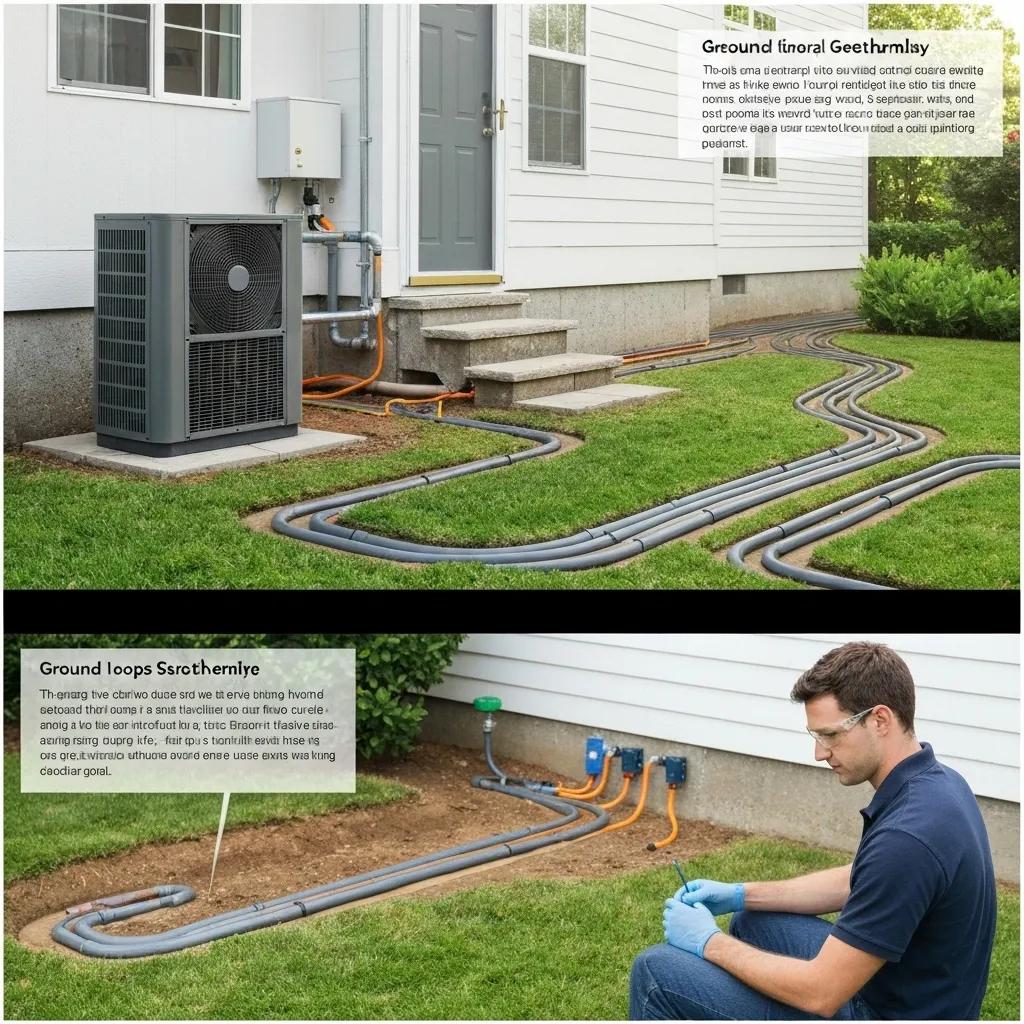
Geothermal systems leverage steady subsurface temperatures to heat and cool homes with high efficiency. Closed-loop ground coils transfer thermal energy through a heat pump, delivering 3–5 units of heating or cooling for each unit of electricity consumed.
- Delivers consistent indoor temperatures year-round.
- Reduces operating costs by up to 50% compared to conventional HVAC.
- Offers system lifespans exceeding 25 years with proper maintenance.
Combining geothermal loops with smart thermostats and HEMS creates a low-carbon, low-cost energy profile for Iowa residences.
Are Wind Energy Systems Viable for Residential Use in Iowa?
Micro-wind turbines capture the state’s strong mid-western wind regimes to supplement home power needs. While zoning and setback rules vary, small turbines can generate 2–10 kW for off-grid or grid-tied applications.
- Investigate local ordinances and permitting requirements.
- Select turbine models with low startup speeds for consistent output.
- Pair with battery storage or grid-tie inverters for reliability.
- Evaluate payback periods, typically 8–12 years, based on energy rates.
Wind generation diversifies renewable portfolios and reduces peak-time grid draw when sited correctly.
How Do Energy-Efficient Construction Options Impact Iowa Homeowners’ Costs and Savings?
Investing in high-performance materials and smart systems involves higher upfront costs but delivers substantial lifecycle savings through reduced energy bills, lower maintenance, and potential resale premiums. Understanding the cost-benefit trajectory enables informed budgeting and financing decisions.
What Are the Initial Costs vs. Long-Term Savings of Energy-Efficient Materials?
High-efficiency materials often carry premium installation rates but yield payback through decreased utility expenses. The following comparison illustrates typical investments for a 2,500 ft² home envelope upgrade.
| Upgrade Component | Installation Cost | Annual Energy Savings |
|---|---|---|
| Premium Insulation | $3,500 | $600 |
| High-Performance Windows | $8,000 | $800 |
| Cool-Roof Coating | $2,200 | $150 |
| Smart HVAC Controls | $1,200 | $250 |
How Do Incentives and Rebates Support Iowa Energy-Efficient Building?
Multiple incentive programs accelerate payback for efficiency upgrades. Federal tax credits, state-level rebate programs, and utility incentives collectively reduce project costs.
- 30% federal tax credit for solar and geothermal installations.
- Iowa utilities offer prescriptive rebates for insulation and windows.
- Property-assessed clean energy (PACE) financing spreads costs across property tax bills.
Residential Energy Efficiency Programs and Incentives in Iowa
Iowa homeowners can benefit from various incentives designed to support energy-efficient construction and retrofits. These include a 30% federal tax credit for solar and geothermal installations, available through 2032, and state-level rebate programs such as the HOMES and High-Efficiency Electric Home Rebates (HEEHRA) programs, which offer substantial funding for energy efficiency upgrades and electrification projects. Additionally, local utilities provide prescriptive rebates and low-interest loans for energy-efficient equipment and building components.
This information verifies the availability and scope of financial incentives and rebates in Iowa, reinforcing the article’s section on how these programs support energy-efficient building efforts.
What Is the Return on Investment for Smart Home Energy Features?
Smart energy features deliver measurable ROI through energy savings, peak demand reduction, and extended equipment life.
- Smart Thermostat Payback: 1–2 years through optimized HVAC schedules.
- Solar PV ROI: 6–10 years depending on system size and incentives.
- Geothermal System ROI: 8–12 years with combined federal and local incentives.
Understanding each feature’s payback period helps prioritize upgrades and financing strategies.
What Are the Key Steps to Planning and Building an Energy-Efficient Smart Home in Iowa?
A structured planning process ensures efficient execution and compliance with regulations. From goal setting and site analysis to contractor selection, permitting, and commissioning, each phase contributes to project success and performance verification.
How Do You Choose the Right Contractor for Energy-Efficient Construction?
Selecting a qualified contractor involves evaluating energy credentials, portfolio, and collaborative approach. Look for professionals with certifications such as ENERGY STAR®, LEED®, or building-science training.
- Verify experience in high-performance envelope assemblies.
- Review past smart home integrations and references.
- Assess communication style and transparency on cost breakdowns.
- Confirm willingness to coordinate with energy auditors and HEMS vendors.
Partnering with the right team lays the groundwork for meeting efficiency targets and budget goals.
What Building Codes and Standards Should Iowa Builders Follow?
Iowa adopts the International Energy Conservation Code (IECC) with state-specific amendments that govern envelope, mechanical, and lighting performance. Meeting or exceeding these standards ensures compliance and qualifies projects for incentive programs.
- IECC 2021 requirements for insulation R-values and airtightness.
- ENERGY STAR® Certified Homes guidelines for duct sealing and testing.
- National Green Building Standard (NGBS) bronze or silver levels for overall sustainability.
How Can Homeowners Monitor and Maintain Energy Efficiency Post-Construction?
Long-term performance relies on proactive monitoring and maintenance. Smart dashboards, periodic audits, and scheduled service visits keep systems running at peak efficiency.
- Use HEMS platforms to track real-time energy flows and detect anomalies.
- Schedule annual HVAC tune-ups and filter replacements.
- Inspect insulation and air sealing after severe weather events.
- Update software and firmware on smart devices to leverage new features.
Ongoing oversight preserves system longevity, sustains savings, and validates design assumptions.
What Are Common Challenges and Solutions in Iowa Energy-Efficient Smart Home Construction?
Building high-performance smart homes involves navigating weather delays, complex installations, and user adoption. Anticipating these challenges and planning solutions ensures smooth project delivery and lasting satisfaction. home maintenance checklist
How to Overcome Weather-Related Construction Challenges in Iowa?
Seasonal storms, temperature extremes, and precipitation can disrupt schedules and impact material performance. Accelerate envelope closures and choose weather-tolerant materials to minimize delays.
- Sequence framing, sheathing, and sealing work before winter sets in.
- Use weather-rated sealants and membranes for reliable moisture control.
- Implement adjustable scaffolding and enclosures to protect work zones.
- Plan contingency buffers in project timelines for unexpected weather.
Proactive planning reduces downtime and preserves insulation integrity critical for efficiency.
What Are Typical Installation Issues with Smart Home Energy Systems?
Integrating multiple vendors’ hardware often leads to compatibility, connectivity, or configuration hurdles. Standardizing protocols and conducting factory pre-tests mitigates integration risks.
- Select interoperable devices supporting open standards (Zigbee, Z-Wave).
- Configure network security and bandwidth for uninterrupted data flow.
- Pre-program energy management sequences off-site when possible.
- Train homeowners on system interfaces to ensure correct usage.
Addressing these issues upfront streamlines commissioning and guarantees seamless automation.
How Can Homeowners Ensure Long-Term Performance and Efficiency?
Sustaining efficiency requires periodic verification, maintenance, and updates. Establishing a structured performance management plan safeguards investment returns and occupant comfort.
- Perform blower-door retests every 3–5 years to check airtightness.
- Update control algorithms in smart thermostats based on occupancy changes.
- Replace aging components such as sensors and actuators before failure.
- Review utility data quarterly to identify emerging inefficiencies.
Continual optimization ensures that the home adapts to evolving usage patterns and maintains peak energy performance.
Building an energy-efficient smart home in Iowa demands an integrated approach to materials, technology, and design. By following these guidelines and partnering with experienced builders, you can achieve sustainable comfort, regulatory compliance, and substantial cost savings. Reach out to The Busy Builders to explore customized plans, contractor selection assistance, and turnkey solutions that bring your smart home vision to life.
Frequently Asked Questions
What are the benefits of using renewable energy sources in Iowa smart homes?
Renewable energy sources, such as solar, geothermal, and wind, significantly reduce reliance on fossil fuels, lowering carbon footprints and utility costs. In Iowa, abundant sunlight and wind resources make solar photovoltaic systems and micro-wind turbines particularly effective. These systems can provide substantial energy savings, enhance energy independence, and often qualify for state and federal incentives, making them a financially attractive option for homeowners looking to build sustainable smart homes.
How can homeowners effectively monitor their energy consumption?
Homeowners can utilize Home Energy Management Systems (HEMS) to track real-time energy usage and identify inefficiencies. These systems provide dashboards that display energy flows from various appliances and renewable sources, allowing users to make informed decisions about their consumption. Regular audits and maintenance checks, along with smart device updates, can further enhance monitoring capabilities, ensuring that energy efficiency is maintained over time.
What role does landscaping play in energy efficiency for smart homes?
Landscaping can significantly impact energy efficiency by providing natural shade and windbreaks, which help regulate indoor temperatures. Strategically placed trees and shrubs can reduce cooling costs in summer and protect homes from harsh winter winds. Additionally, using native plants can minimize water usage and maintenance, contributing to a more sustainable environment. Thoughtful landscaping complements energy-efficient building practices, enhancing overall home performance.
How do energy-efficient homes affect property value?
Energy-efficient homes often command higher property values due to their lower operating costs and appeal to environmentally conscious buyers. Features such as high-performance insulation, smart home technology, and renewable energy systems can enhance marketability. Studies show that homes with energy-efficient certifications, like ENERGY STAR, can sell for a premium compared to traditional homes, making them a wise investment for homeowners looking to maximize resale value.
What are the common misconceptions about energy-efficient construction?
One common misconception is that energy-efficient construction is prohibitively expensive. While initial costs may be higher, the long-term savings on utility bills and maintenance often outweigh these expenses. Another myth is that energy-efficient homes lack comfort; in reality, they are designed to maintain stable indoor climates. Educating homeowners about the benefits and realities of energy-efficient construction can help dispel these myths and encourage more sustainable building practices.
How can homeowners ensure compliance with local building codes?
To ensure compliance with local building codes, homeowners should familiarize themselves with the International Energy Conservation Code (IECC) and any state-specific amendments. Engaging a qualified contractor with experience in energy-efficient construction is crucial, as they can navigate the regulatory landscape and ensure that all aspects of the build meet or exceed code requirements. Regular communication with local building authorities can also help clarify any uncertainties during the construction process.
What are the best practices for maintaining energy-efficient systems in the long term?
Maintaining energy-efficient systems involves regular inspections and updates to ensure optimal performance. Homeowners should schedule annual HVAC tune-ups, replace filters, and conduct blower-door tests every few years to check for air leaks. Additionally, keeping software for smart devices updated can enhance functionality and efficiency. Establishing a routine maintenance plan helps sustain energy savings and prolongs the lifespan of energy-efficient systems.
